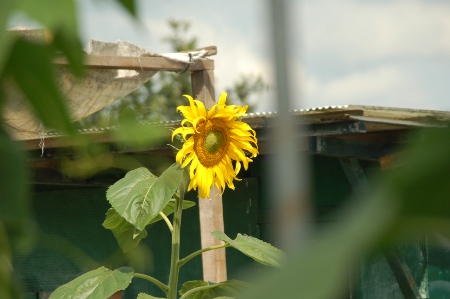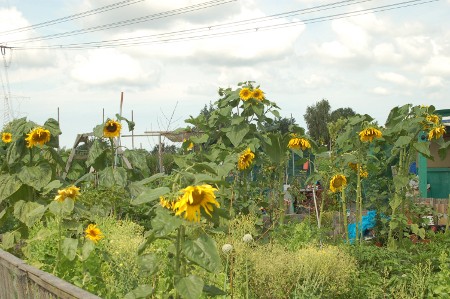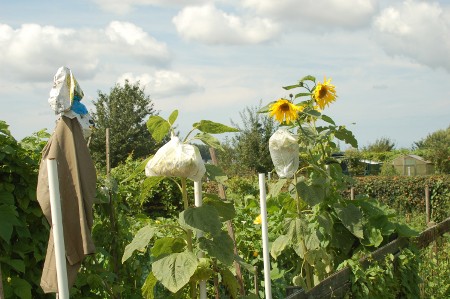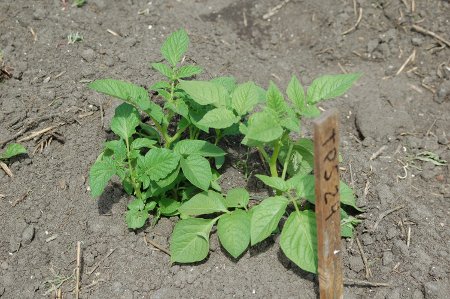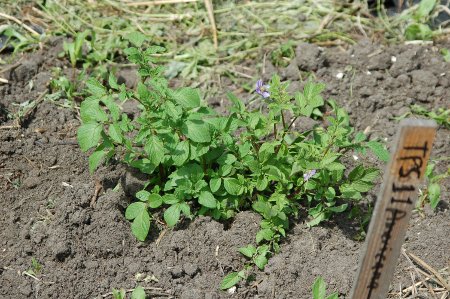I posted about this before. While I don’t know yet if I can attend, I think this is an event well suited to the kind of people who read this blog. The following is from a News Release they emailed me:
For Immediate Release
7 August 2010‘A Garden Party to Make a Difference’ – the ultimate garden party for the eco-conscious will open at The Prince of Wales private gardens in Clarence House and the gardens of neighbours Lancaster House and Marlborough House on 8 September 2010 and will run until 19 September. This unique garden party is an imaginative part of The Prince of Wales’ ‘Start’ initiative launched in February. The aim of the twelve day event is a fun day out for people of all ages but also to engage them via the exhibits that will illustrate that small steps are being taken by those interested in building a more sustainable future and what a difference they can make.
In addition to the garden focused exhibits in the grounds of these private gardens opened exclusively for this event, A Garden Party to Make a Difference will also feature appearances, debates, comedy and advice from the likes of Jools Holland, Sir David Frost, Alan Tichmarsh and Anthony Worral Thompson over the twelve days.
The Future Cities Garden – Innovative Edible Gardening
Renowned organic farmer, gardener, writer and broadcaster Tom Petherick has formed an association with garden and landscape design team Lulu Urquhart and Adam Hunt and the first joint project will be their ‘Future Cities Garden’ installation on the South facade of St James’s Palace – a project conceived for this special garden party.
Petherick, Urquhart and Hunt aim to combine their expertise and experience to create a future orientated landscape design practice. A consultancy with a point of difference that will champion sustainable, spiritually intact gardens and working landscapes with integrity.
The team believe that the ‘Garden Party to Make a Difference’ is the perfect launch pad for their new association. “We couldn’t have wished for a better opening opportunity to showcase our skills. The Prince has a passion for the environment and all things sustainable and this is totally in line with our ethos. When we were approached to come up with a display for the South Facade of St James’s Palace it was a unanimous yes”
Tom, Lulu and Adam are keen that their display will convey to visitors that gardening in small spaces is both possible, desirable and with a little effort can herald spectacular results that combine invention, inspiration, amusement and accessibility. The intention is also to show that both quantity and quality can be realized from small areas. Visitors will not fail to be inspired by such a simple and clearly executed ‘ABC of how to grow edible plants’ and how to achieve a lot from a little effort.
All four seasons will be represented and demonstrate what can be grown in each quarter of the year. Productive gardening happens all year round and is not confined to spring and summer. The idea is to show a rhythmical display following the seasons. Novice gardeners will learn how to convert existing spaces on to a more sustainable footing.
A fifth area will combine demonstrations of compost and tools and show how to convert space and containers into growing areas. The display will be overflowing with edible fruits, plants, traditional vegetables and edible & medicinal flowers and will show how everyday items that are cheap or recycled can be used to create innovative and funky growing spaces, both vertically and horizontally.
The overall aim of the team is to provide an attraction that encapsulates the show philosophy of getting people in cities growing plants, growing food, loving plants and being more sustainably aware.
Tickets, priced £15 for adults and £7.50 for children are on sale now. Tickets are timed for purposes of entrance only. Full details are available on the Garden Party website www.startgardenparty.co.uk <http://www.startgardenparty.co.uk/>



